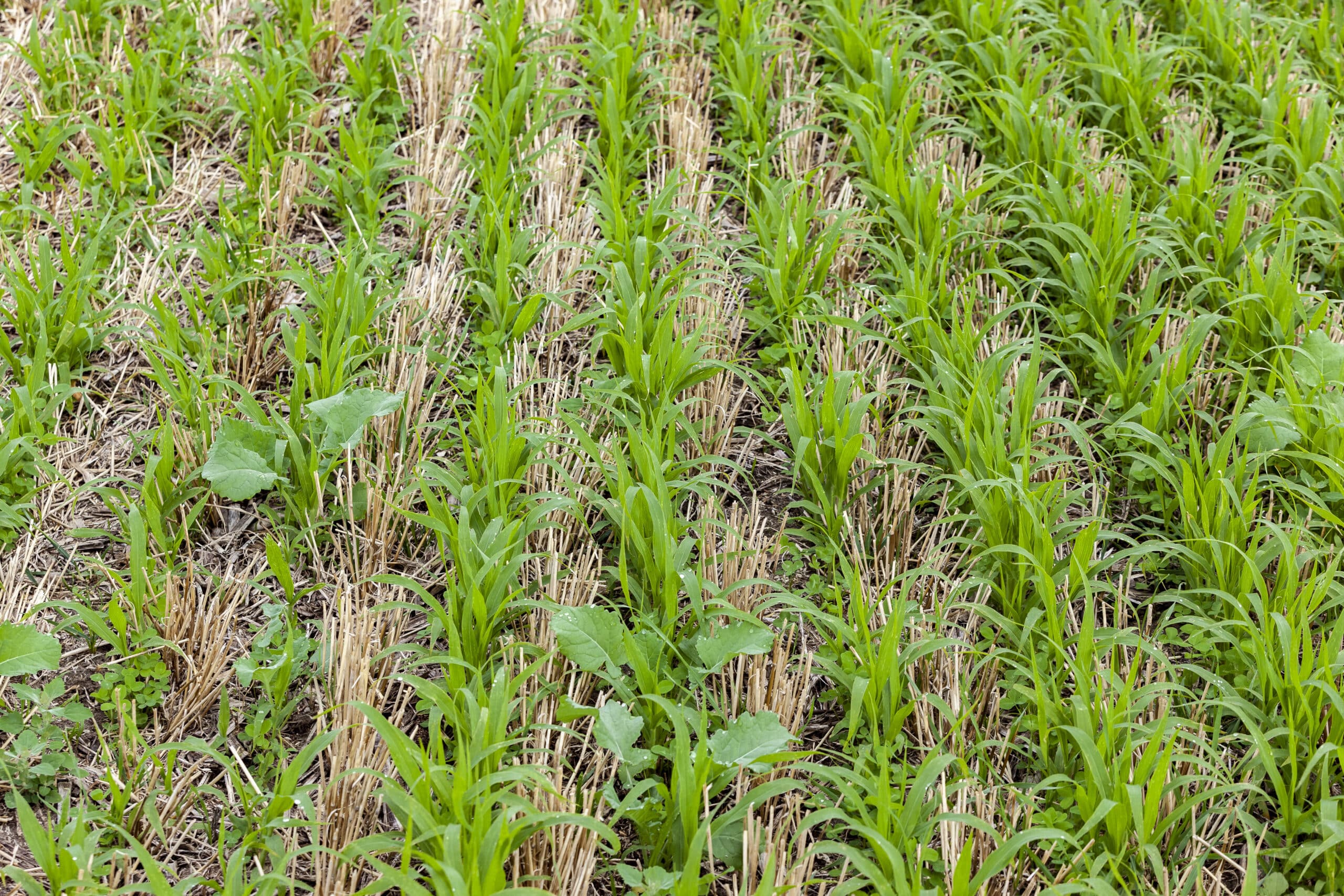Fars are very risk averse to changing farming practices. This is due to the financial structure of a farm and the classic multiple risks (climate, health, environmental hazards, cereal or agricultural input price volatility).
A project to reduce or store carbon emissions thus requires a farmer to make a significant change in practices (with a possible drop in yield, an initial investment, training time, an impact on its operational costs, etc.) . Thus, the selling price of the carbon sequestered in the ground must correct all of its costs to a minimum. To remunerate this risk, there must be a certain economic gain on the farm.
Let’s be diligent: a farmer, even if convinced by climate issues, will first study his costs and income from the change in agricultural practice.
So what is the cost per hectare that ensures both a change in cultural practices and impeccable traceability to control this change over 5 years that will reassure an investor.
Whatever the nature of the project, our studies reveal that additional operating expenses of €60 to €90 per hectare are necessary to scale up. Below, it can only be a voluntary approach or a project whose impact on the reduction of emissions could be called into question?
From the buyer’s point of view, it is necessary to put in place governance tools to monitor financial flows and get feedback from the field on environmental impacts. Without these tools, it will be impossible to justify a price by seeing the three figures per ton.
To give meaning to these price levels, we collaborate with MyEasyFarm, a support and monitoring solution for projects to change agricultural practices, and the MyEasyCarbon digital tool to support you with Low Carbon projects in the agricultural sector.

